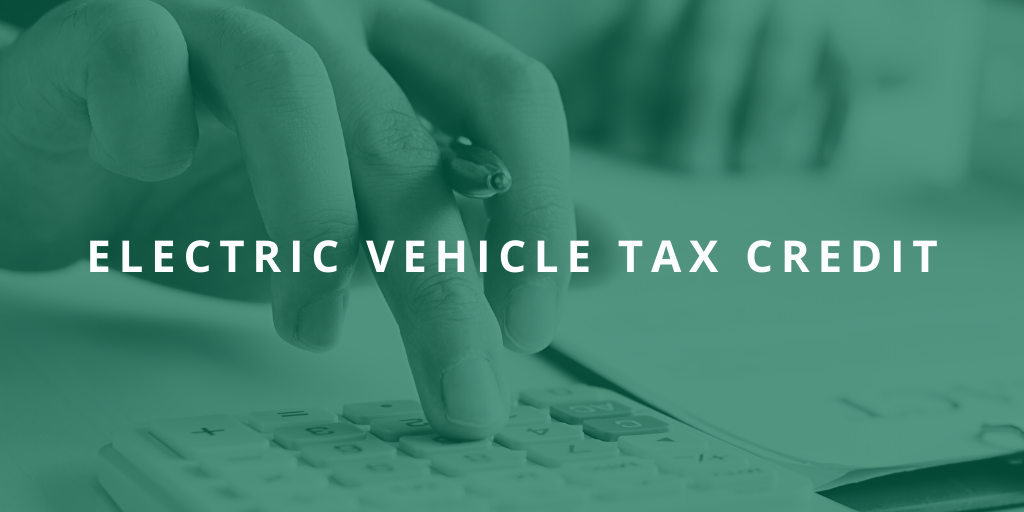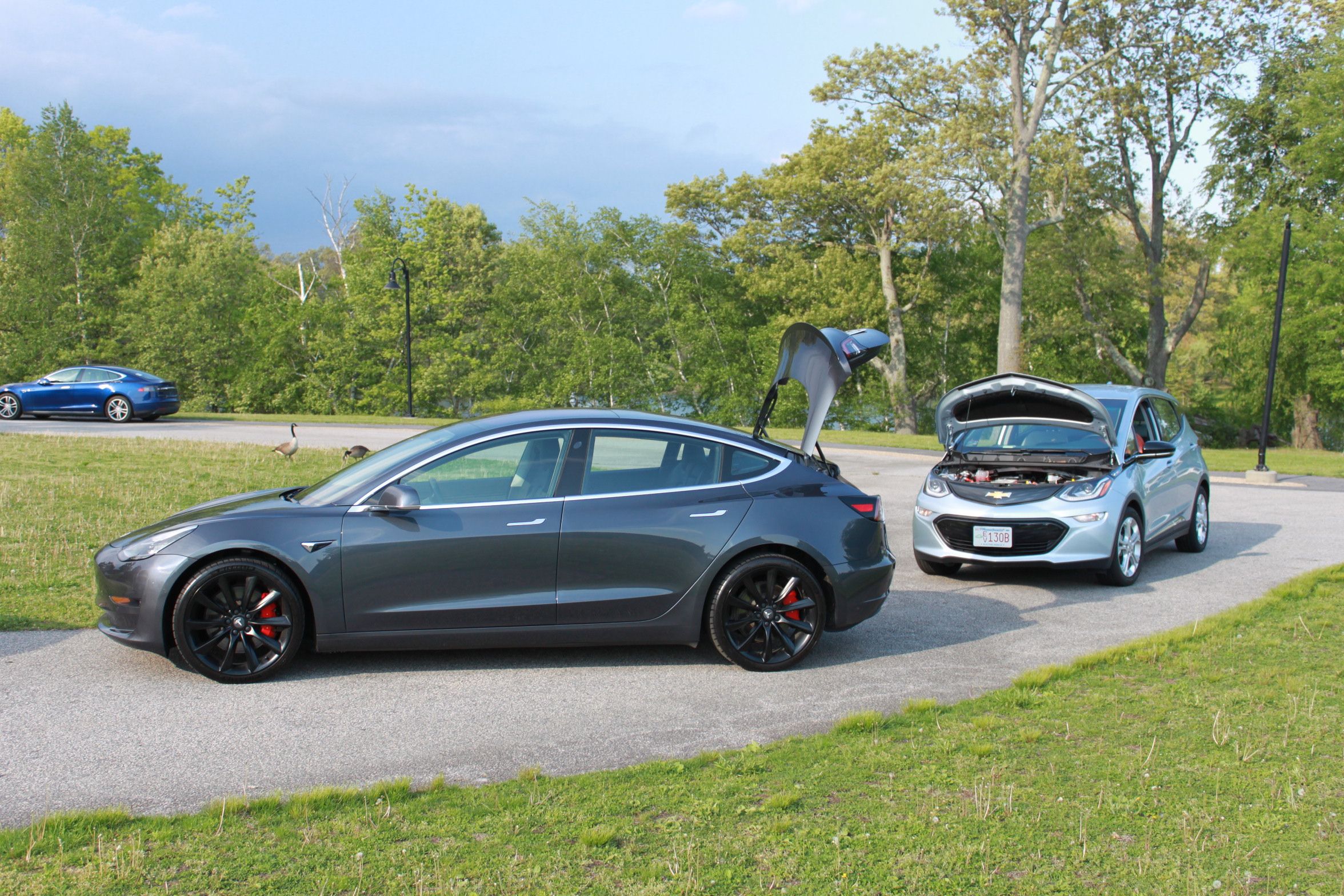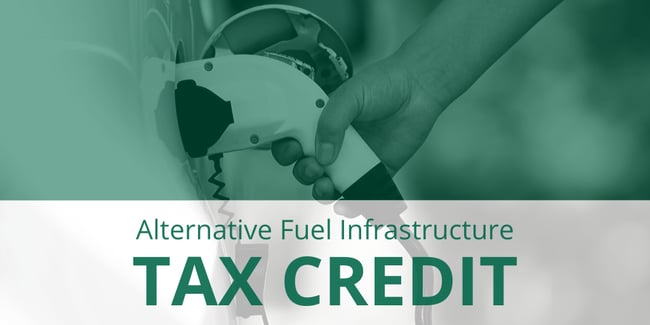
It’s tax season, and though you probably didn’t want to fill out another IRS form, Form 8936 (Qualified Plug-in Electric Drive Motor Vehicle Credit) is worth the effort. The federal tax credit for electric vehicles (EVs) allows you to claim up to $7,500 on your returns for buying a new electric car. Here’s what you need to know about the federal tax credit and how to take advantage of it.
Any taxpayer who purchases an electric vehicle (specifically, a vehicle with a plug) is eligible for a credit. $7,500 is the maximum value, but the actual size of the credit you claim cannot exceed what you owe in federal taxes, and it varies depending on the battery size of the car.
Cars with a battery storage capacity of about 18 kilowatt-hours or more (generally translating to an electric range of at least 50 miles) qualify for the full $7,500. Cars with smaller batteries are eligible for a fraction of that - $4,502 in the case of the 25 miles-per-charge Prius Prime. You can view a full list of plug-in vehicles and what they qualify for here.
The credit phases out after an automaker sells 200,000 of any plug-in model. Two manufacturers have hit this target so far – Tesla in July 2018 and Chevrolet in the last quarter of 2019. According to the law, the credit is phased out by being sliced in half every six months until it reaches $1,875. Then it disappears forever.
If you bought a Chevy Bolt or Volt in 2019, you will receive…
- $7,500 if you purchased between January 1 and March 31
- $3,750 if you purchased between April 1 and September 30
- $1,875 if you purchased between October 1 and December 31
If you’re shopping for an EV now, the Chevrolet Bolt will be eligible for a credit of $1,875 before it sunsets- as long as the purchase is made before March 31, 2020.
Since Tesla sold 200,000 electric cars sooner than Chevy, the timeline for its phase-out is a little different. Tesla-buyers qualify for:
- $3,750 if purchased between January 1 and June 30
- $1,875 if purchased between July 1 and December 31
In 2010, when the credit was first introduced to incentivize the purchase of new electric vehicles, 200,000 cars seemed like a good place to benchmark industry growth. Congress tried to design the incentive to support the growing electric vehicle market without providing an endless subsidy for car-buyers.
More consumers interested in going electric would be encouraged to do so with an extension of the tax credit for Tesla and Chevrolet. As it stands, the Trump Administration is unlikely to support reinstating the credit for makers of electric vehicles. No other automaker is likely to reach the 200,000-mark in 2020, but Nissan may get there in 2021.
If you’ve already purchased your EV – congrats! All you have to do is fill out Form 8936 and report it as you file your taxes.
A new incentive for charging you didn't know you qualified for

In early 2020, Congress passed a revision to the tax code and budget that allocated funds for an Alternative Fuel Vehicle Refueling Property Credit to help EV drivers pay for installing a Level 2 charging station at home. With this incentive, the federal government provides a tax credit to cover 30% of installation costs up to $1,000 for private EV charging stations. For example, if your charging station installation cost $1,200, you can receive a tax credit of $360.
This credit is retroactive, meaning that if you bought and installed a charging station in either 2018 or 2019, you will be able to claim the credit on your 2019 returns by filling out Form 8911. The EV charging credit will be available for installations performed through 2020.
Now is the best time to go electric
If you’re trying to decide when the best time will be to make your next car electric, the answer is now.
 According to predictions by Bloomberg New Energy Finance, lithium-ion batteries (the most expensive component of electric cars) will continue to drop in price so that electric vehicles will cost no more than a combustion engine vehicle by 2025. But there’s no reason to wait five years when the combination of federal tax credit and Drive Green discounts make buying an electric car cheaper than the average gas-powered car anyway.
According to predictions by Bloomberg New Energy Finance, lithium-ion batteries (the most expensive component of electric cars) will continue to drop in price so that electric vehicles will cost no more than a combustion engine vehicle by 2025. But there’s no reason to wait five years when the combination of federal tax credit and Drive Green discounts make buying an electric car cheaper than the average gas-powered car anyway.
Plus, you can save nearly $3,000 over the next 5 years by fueling with electricity instead of gas, on top of around $1,500 in savings from maintenance. The environmental benefits of electric cars are compelling, but savvy shoppers will realize electric cars are a good financial decision, too.



 According to predictions by
According to predictions by
Comments